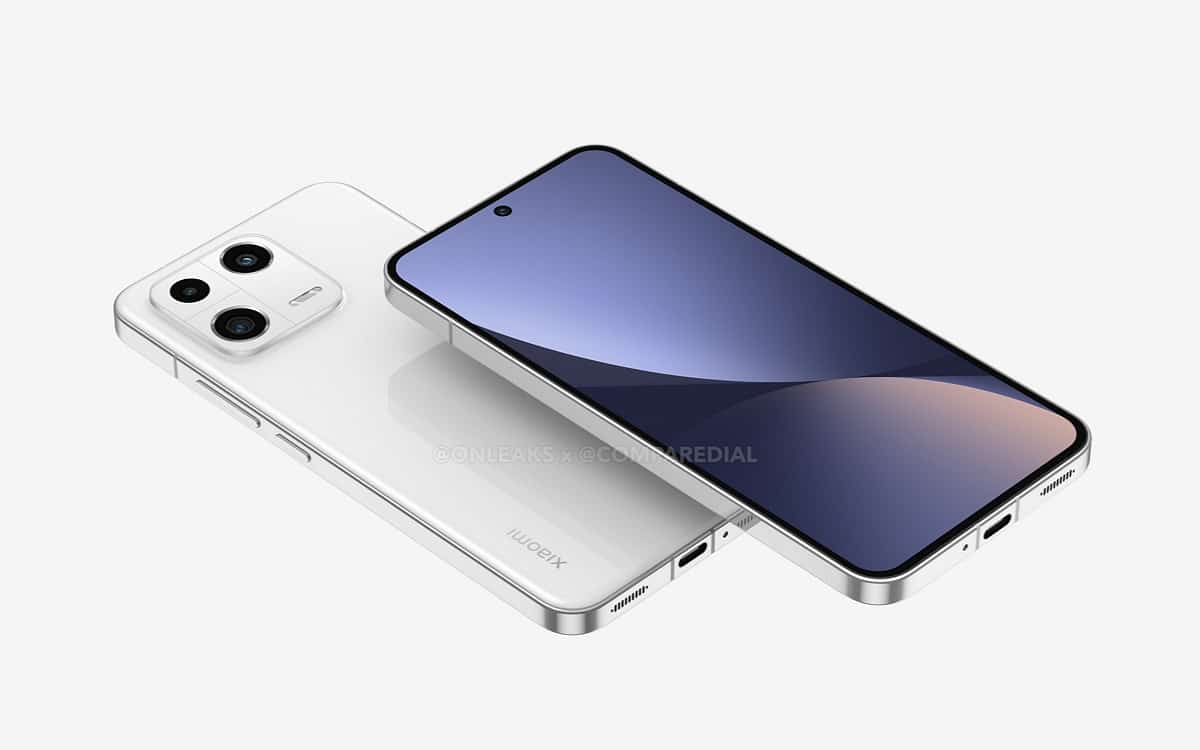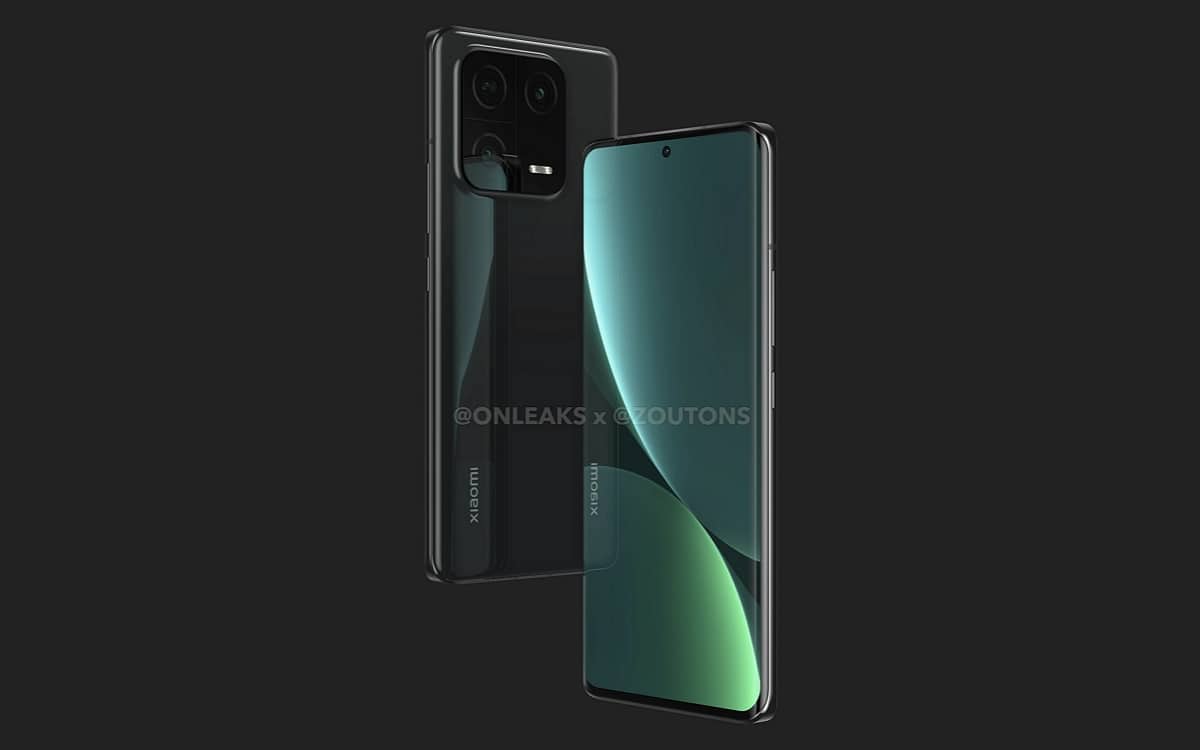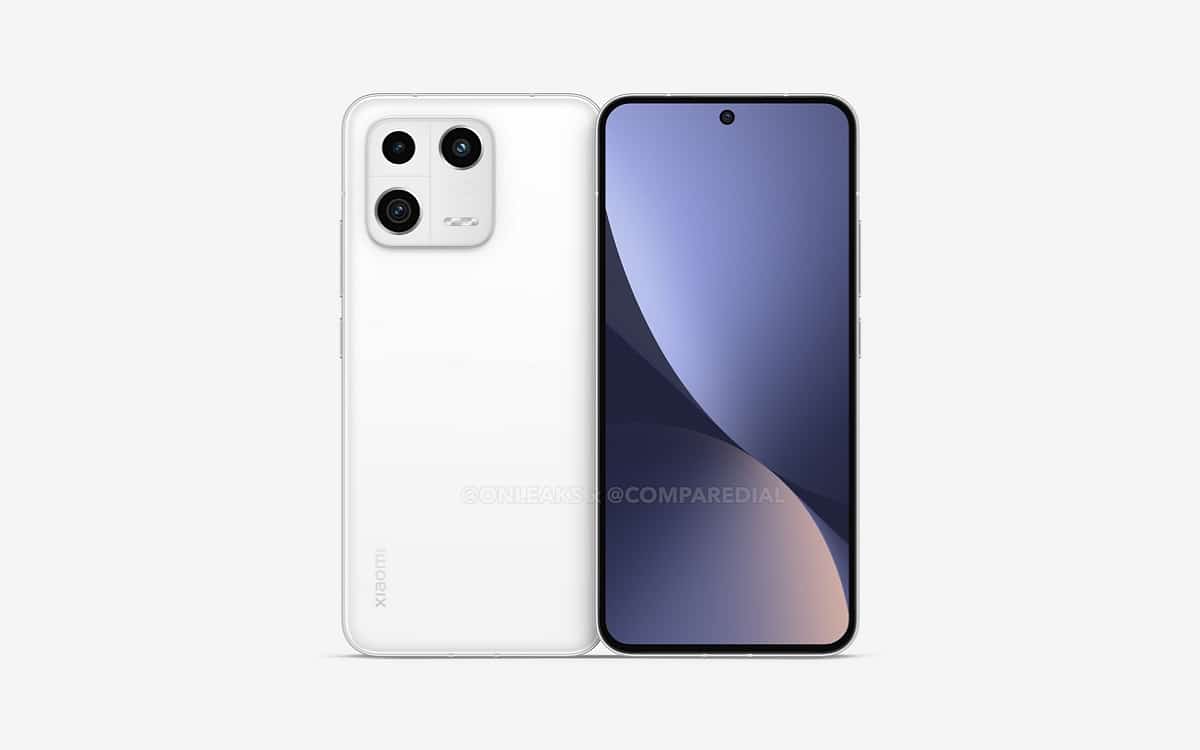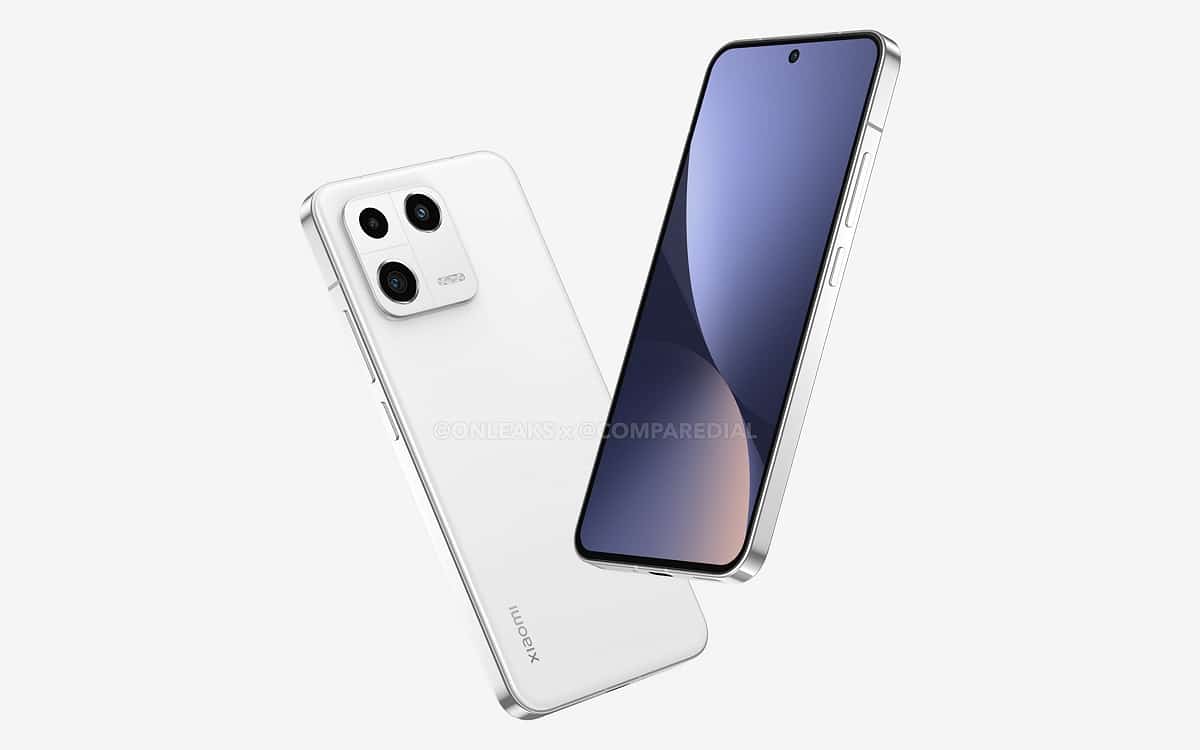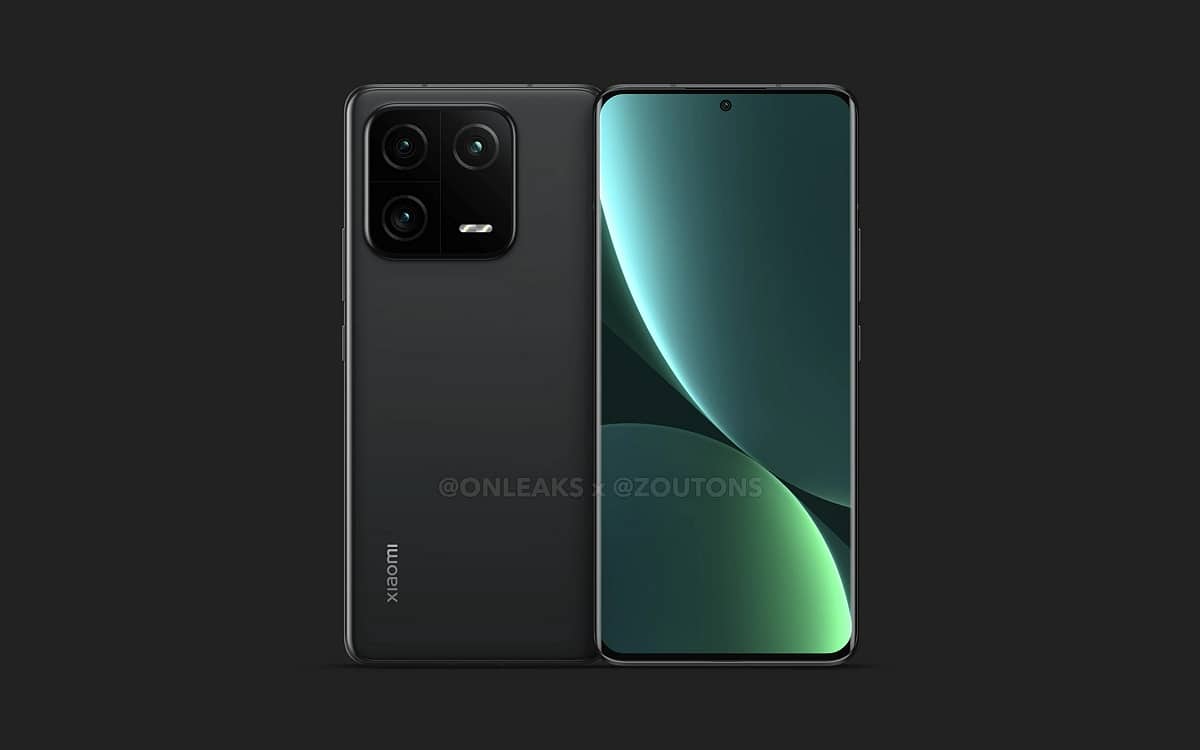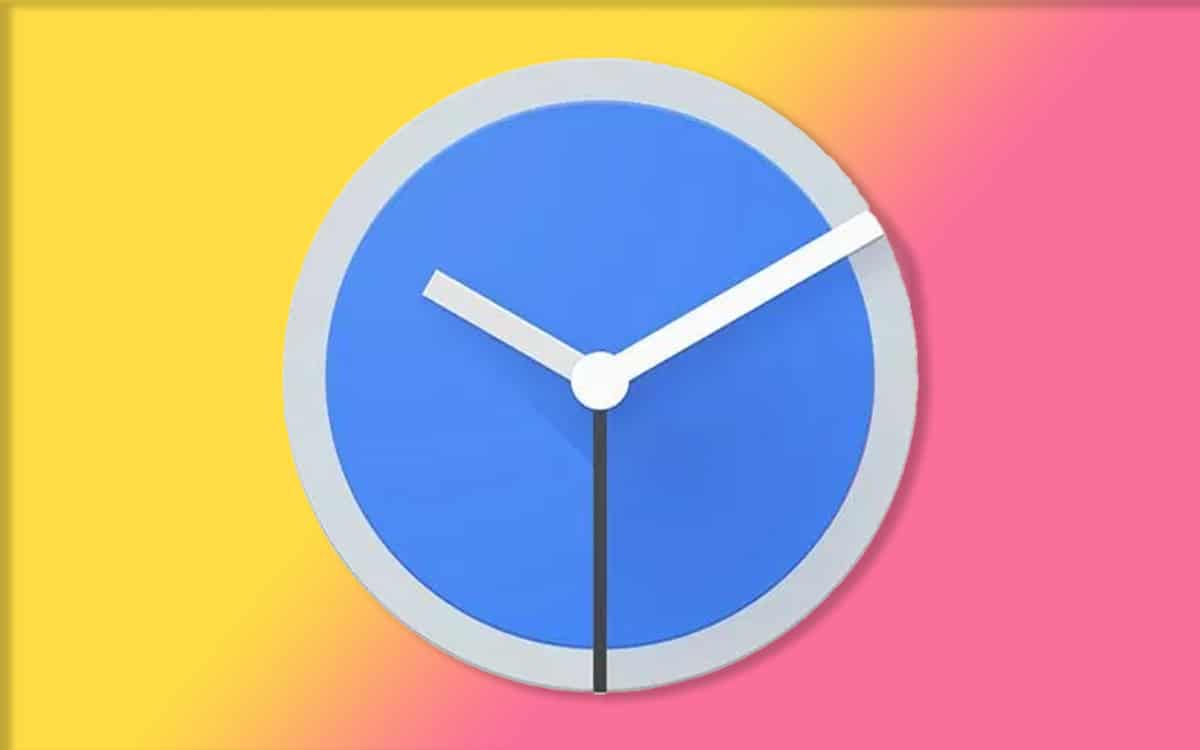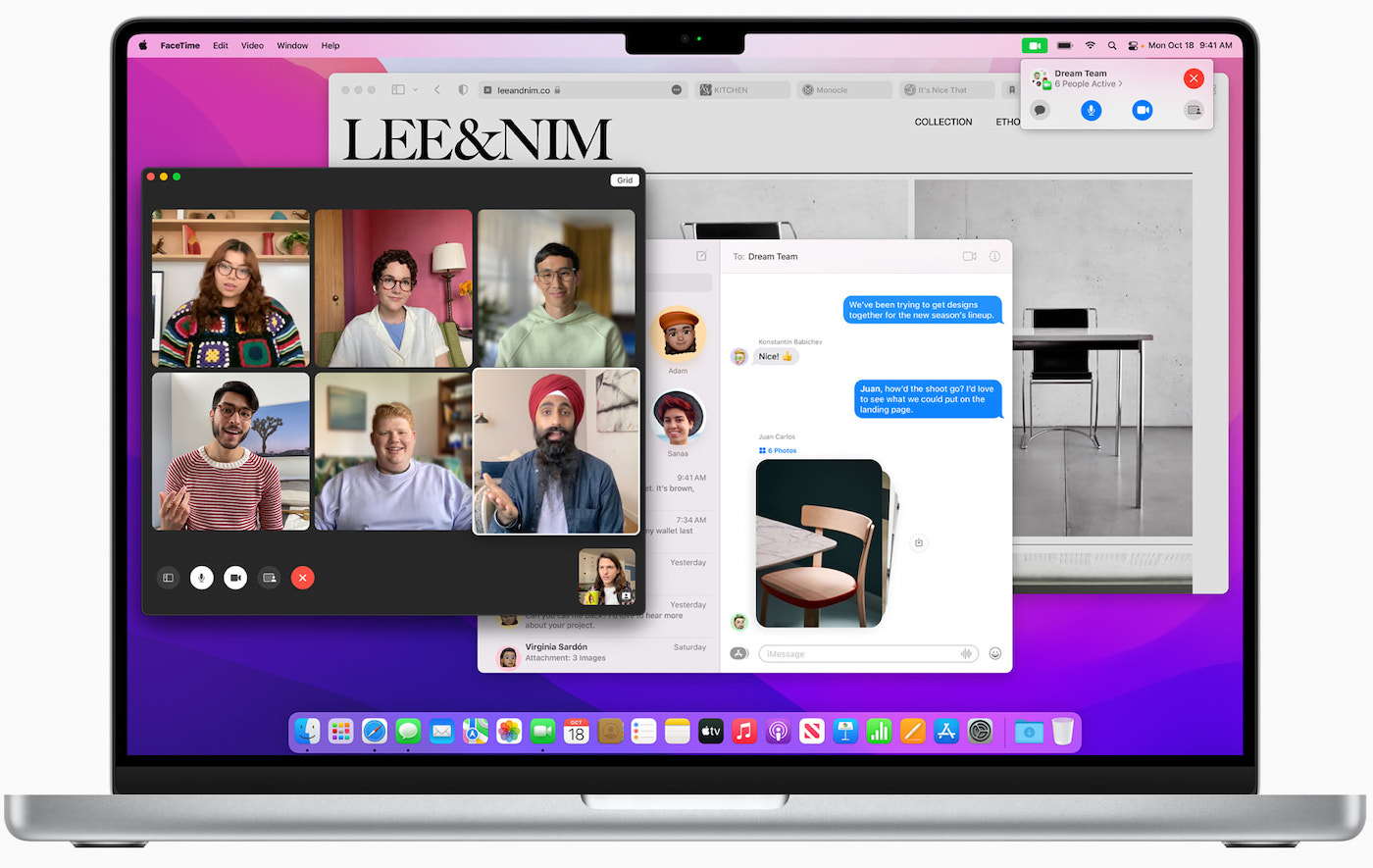release date, price, technical sheet, all you need to know
Xiaomi is about to launch three new high-end smartphones, the Xiaomi 13, 13 Pro and 13 Ultra. All will be powered by Qualcomm’s powerful Snapdragon 8 Gen 2. Here’s everything you need to know about these smartphones that promise to shake up the competition.
Xiaomi has officially confirmed the name of its next series of smartphones: the Xiaomi 13. Like every year, the Xiaomi 13, 13 Pro and 13 Ultra should rank among the most popular high-end Android smartphones on the market thanks to their Snapdragon processor 8 Gen 2 or their attractive price-quality ratio. However, not all models should arrive at the same time.
Contents
- 1 📅 When is the Xiaomi 13 coming out?
- 2 💰 What is the price of the Xiaomi 13?
- 3 📱 What does the Xiaomi 13 look like?
- 4 🛠 What is the technical sheet of the Xiaomi 13?
- 5 🔲 WHICH SCREEN FOR THE XIAOMI 13?
- 6 🚀 What performance for the Xiaomi 13?
- 7 🔋 Battery, autonomy and charging of the Xiaomi 13
- 8 📸 Xiaomi 13 camera
- 9 The Xiaomi 13 will be launched with MIUI 14
📅 When is the Xiaomi 13 coming out?
The Xiaomi 13 and 13 Pro should have been officially presented in China on Thursday December 1, 2022 at 12 p.m. However, Xiaomi pushed back the launch at the last minute due to a national duel.
It will probably take wait a little longer before seeing the Ultra model arrive, which should not arrive until the beginning of the year 2023. Moreover, Lei Jun, the CEO of Xiaomi, has already confirmed that unlike the Xiaomi 12S Ultra which was not released with us, the Xiaomi 13 Ultra will arrive well in France next year.
It will also be necessary to wait several months before seeing the Xiaomi 13 arrive in France. The Xiaomi 12X, 12 and 12 Pro were launched at the end of March in France. We can therefore expect the Xiaomi 13 to be presented at the end of February with us, probably at the MWC 2023 show in Barcelona on February 27.
💰 What is the price of the Xiaomi 13?
As has been the case with several other manufacturers, the prices of the Xiaomi 13 and 13 Pro could well increase with us given the inflation. However, we imagine that Xiaomi will try to limit these increases or trim its margins to remain competitive in the market.
As a reminder, here are the prices of all the Xiaomi 12 in France:
- Xiaomi 12X 8+256GB : 799 €
- Xiaomi 12 8+128GB : 869 €
- Xiaomi 12 8+256GB : 899 €
- Xiaomi 12 Pro 12+256GB : 1099 €
📱 What does the Xiaomi 13 look like?
After having used a similar design for several generations on the front, Xiaomi has finally standardized the edges of the screen of its Xiaomi 13. The smartphone therefore uses equal sized borders all around the screen. For this, the Xiaomi 13 uses a flexible screen that will be folded backwards at its base, as other manufacturers such as Apple already do on their iPhones, or Nothing on their Phone (1). Rather than a curved screen, Xiaomi uses a flat screen on the smallest model.
The Xiaomi 13 offers edges only 1.61 mm thick, but a slightly longer chin of 1.81 mm. The Xiaomi 13 therefore promises almost identical borders, and these are the narrowest on the market. Xiaomi announces a screen-to-body ratio of 93.3%, a record. The smartphone will measure 71.5mm in width.
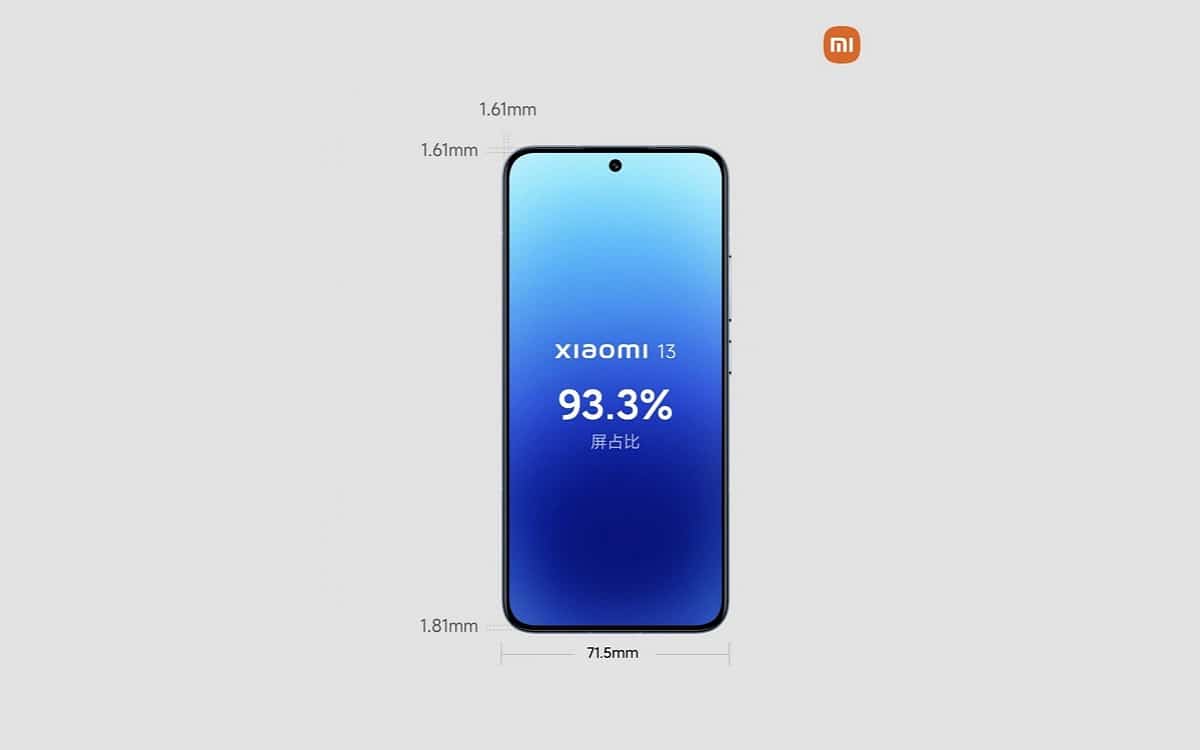
On the back, the Xiaomi 13s still use three cameras, but the photo module changes shape again. While all the sensors were placed vertically on the Xiaomi 12, those of the Xiaomi 13 form a “P”. Different renderings made by fans already give us a glimpse of what smartphones could look like. The famous leaker OnLeaks also unveiled the design of the two devices at the beginning of November 2022.
For its part, the Xiaomi 13 Pro still offers a design with a curved screen, but the edges of the smartphones are now flat. We have also seen it in a grip of the smartphone published on social networks.
The Xiaomi 13 Ultra should retain a design quite similar to the previous generation with its circular photo module.
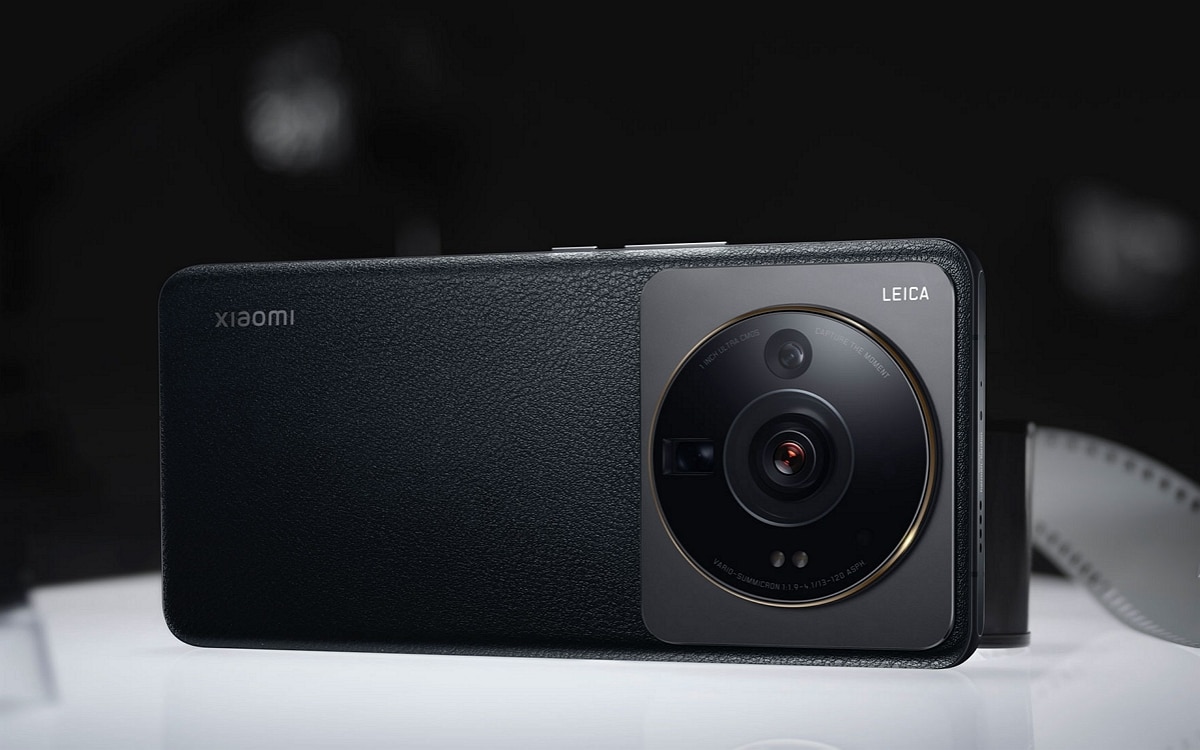
Note that all models are IP68 certified for water and dust resistance.
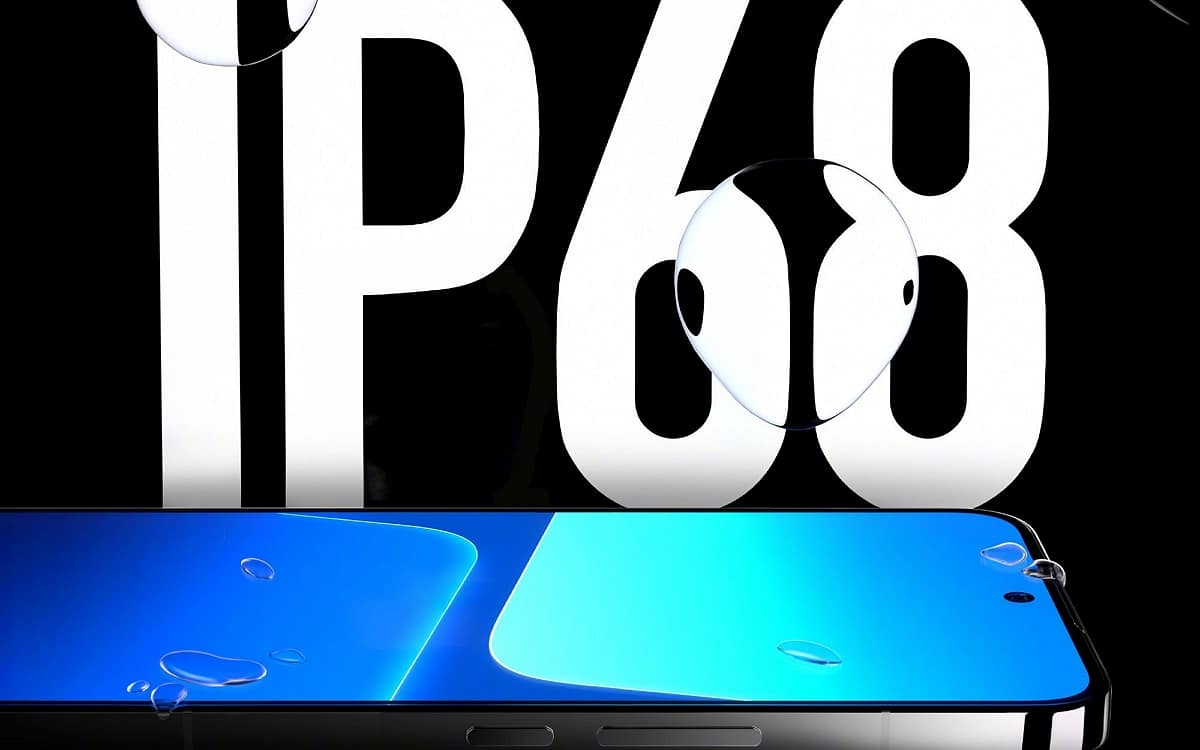
🛠 What is the technical sheet of the Xiaomi 13?
Once all the technical characteristics are official, we will provide you with a summary table here.
🔲 WHICH SCREEN FOR THE XIAOMI 13?
As we saw above, the Xiaomi 13 is equipped with a 2.5D flat screen, but this is not the only novelty. While the screen of the Xiaomi 13 measured only 6.28 inches, that of the Xiaomi 13 offers a larger diagonal of 6.36 inches. It uses FHD+ definition, like the previous generation.
On their side, the Xiaomi 13 Pro and 13 Ultra should benefit from the same QHD + screen with a diagonal of 6.73 inches. The whole series benefits from a refresh rate of 120Hzbut the Xiaomi 13 Pro and 13 Ultra will use a LTPO 3.0 slab allowing them to dynamically vary the frequency from 1 to 120 Hz depending on the content displayed to improve autonomy.
We will also be entitled to Samsung E6 AMOLED displays even more energy efficient as well as Gorilla Glass Victus glass. Finally, the brightness, up to 1900 nits, promises to be one of the highest ever seen on a smartphone.
🚀 What performance for the Xiaomi 13?
The Xiaomi 12 was one of the first smartphones to use Qualcomm’s Snapdragon 8 Gen 1 chip, and the Xiaomi 13 is also expected to be among the first devices to feature the Snapdragon 8 Gen 2, which was introduced on November 15, 2022 at the Snapdragon Summit.

This year, Qualcomm opts for a arrangement of hearts 1+4+3composed ofa Cortex-X3 Prime core clocked at 3.2 GHzof four Cortex-A715 cores clocked at 2.8 GHz and of three Cortex-A510 cores clocked at 2.0 GHz. The chip takes advantage of the TSMC’s advanced 4nm etchingrather than that of Samsung which had caused autonomy problems on smartphones from the beginning of 2022. Energy efficiency is put in the spotlight with a 40% increase for CPU and 45% for GPU compared to Snapdragon 8 Gen 1.

In terms of connectivity, we are entitled a new Snapdragon X70 modem. This modem can, like its predecessor, reach downlink speeds (theoretical) of the order of 10 Gb/s and uplink speeds of 3.5 Gb/s. It’s also the first to be able to support two 5G SIMs at once. However, third-generation 5G PowerSave technology enables reduce chip consumption by up to 60%.
Smartphones will also be compatible with LPDDR5X RAM at 8533 Mbps as well asa new storage standard, UFS 4.0. The latter can reach read speeds of up to 4200MB/s and Sequential write speeds of up to 2800MB/s. That’s way more than UFS 3.1 and its 2100MB/s and 1200MB/s, respectively. Besides the massive speed improvement, UFS 4.0 is also very power efficient, with a increased efficiency by 46%.
🔋 Battery, autonomy and charging of the Xiaomi 13
Thanks to the new screen with reduced consumption or the Snapdragon 8 Gen 2 which promises to be more energy efficient, the next Xiaomi 3 promise to be more autonomous than ever. Xiaomi has also officially announced that it expects its smartphones to break endurance records thanks to the Snapdragon 8 Gen 2 chip.
Lei Jun, the manufacturer’s CEO, announces on his personal Weibo page that the Xiaomi 13 will feature a completely new silicon-oxygen anode battery technology. The latter will allow them to exceed the two days of autonomy, whereas it was generally necessary to be satisfied with a day or even a day and a half on previous generations. The Xiaomi 13 would be more autonomous than the iPhone 14 Pro Max, the benchmark in the field.
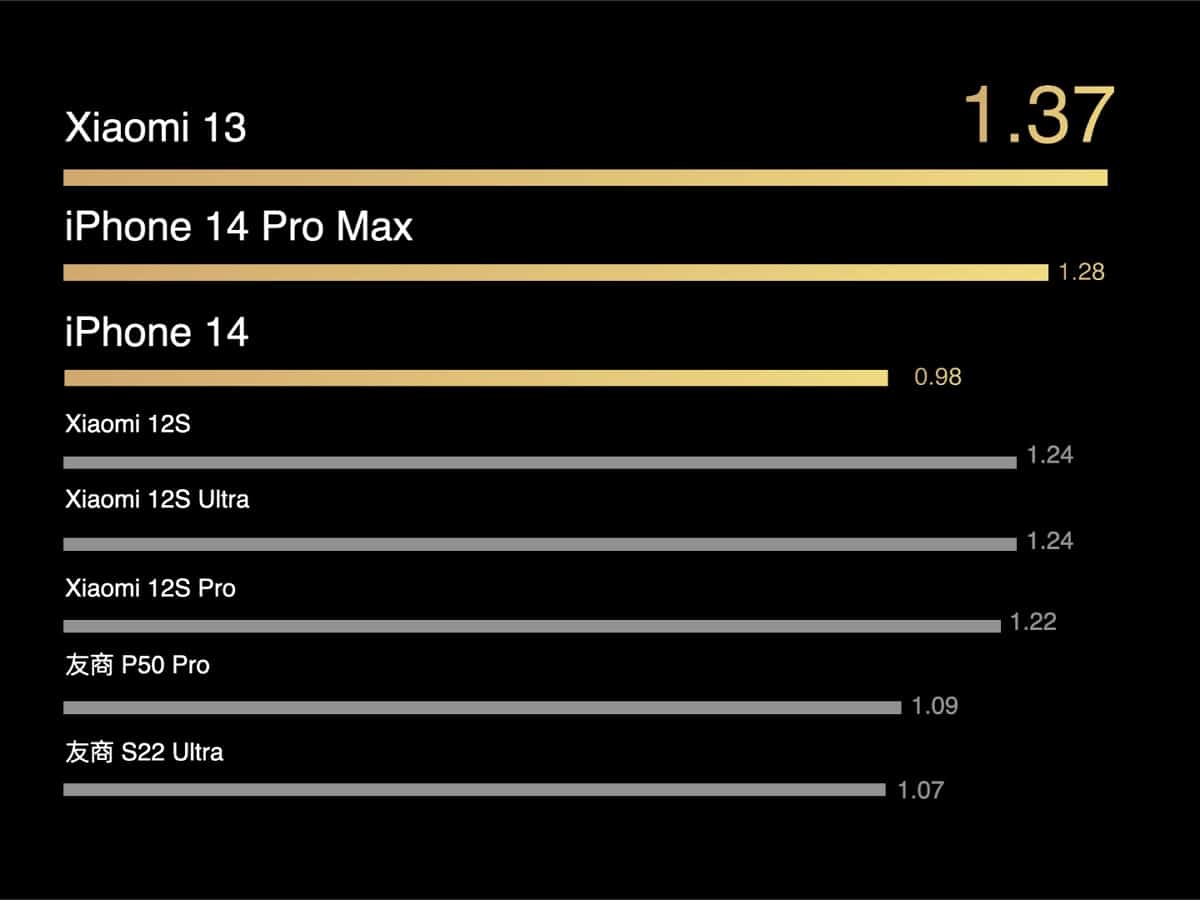
This year, the size of the batteries does not change. The Xiaomi 13 still benefits from a 4500 mAh battery, while the Xiaomi 13 Pro is entitled to a larger 4820 mAh battery. For its part, the Xiaomi 13 Ultra should also bet on 4820 mAh.
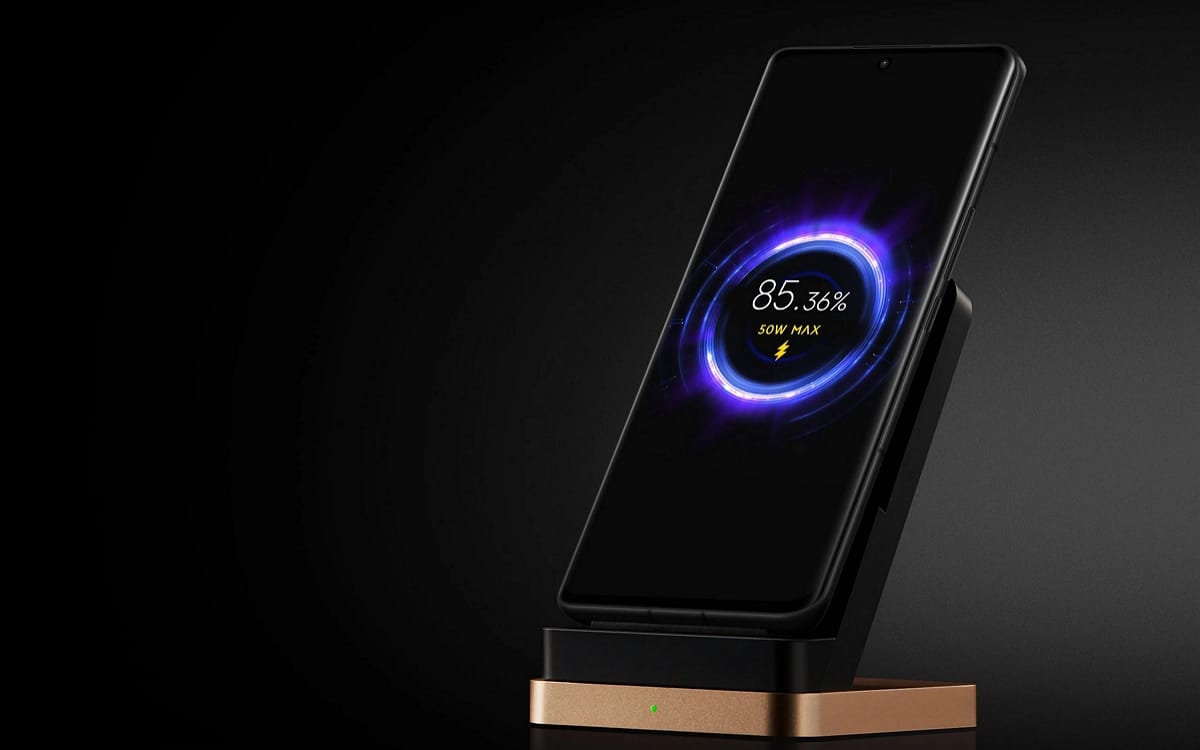
We already know thanks to the 3C certification body that the Xiaomi 13 benefit from ever faster wired fast charging. The Xiaomi 13 Pro is again to be compatible with 120W power, while the Xiaomi 13 is still to be limited to 67W given its small form factor. The Xiaomi 13 Ultra should finally reach 120 W. Wireless fast charging is expected to be 50W on all models, and reverse fast charging will also be on the way.
📸 Xiaomi 13 camera
Since the release of the Xiaomi Mi 10 Ultra in 2020, Xiaomi has really focused on the photo on its high-end smartphones. The Chinese manufacturer recently came to surround itself with the German expert Leica with the release of its Xiaomi 12S, 12S Pro and 12S Ultra, and the next Xiaomi 13 will also all benefit from this partnership.
The classic Xiaomi 13 will use a large 54 MP IMX80 main sensor0and the latter will be accompanied by a 12 MP ultra wide-angle sensor and a telephoto sensor 10MP Samsung S5K3K1 (the same as the Galaxy S22) optically stabilized offering 3.2X zoom. This would be a first, since Xiaomi has traditionally used a macro camera.
For its part, the Pro relies on the 50 MP IMX989 of the Xiaomi 12S Ultra, a 50 MP Samsung JN1 ultra-wide-angle sensor and a telephoto lens. JN1 offering 3.26X optical zoom. The latter is optically stabilized, and also allows you to capture macro shots thanks to a new technology never seen before on the market. 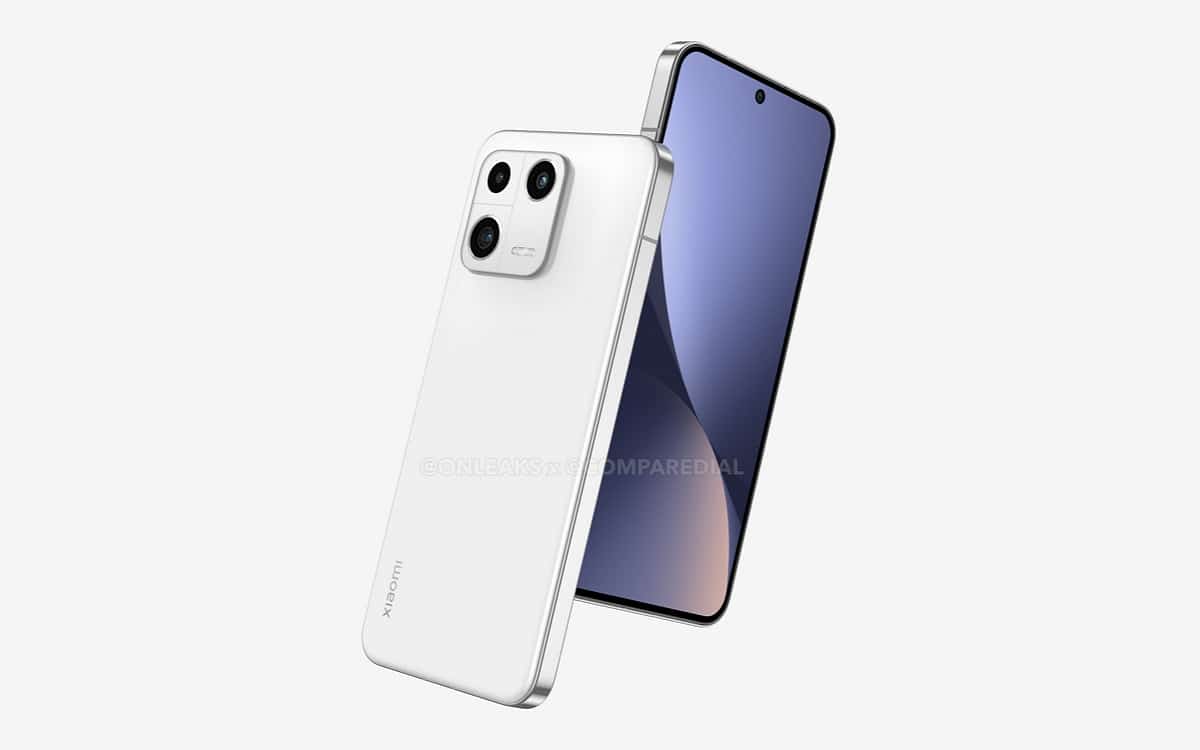
Credit: OnLeaksFinally, the Xiaomi 13 Ultra promises like every year to be the most interesting in photos. We will always find the Giant one-inch 50 MP Sony IMX989 sensor, the largest on the market. This year, Xiaomi should finally modify the other two sensors for more powerful cameras. We could find an ultra wide-angle sensor, as well as a periscope sensor offering a 5X optical zoom. To note that the ultra wide-angle sensor will be able to capture macro shots.
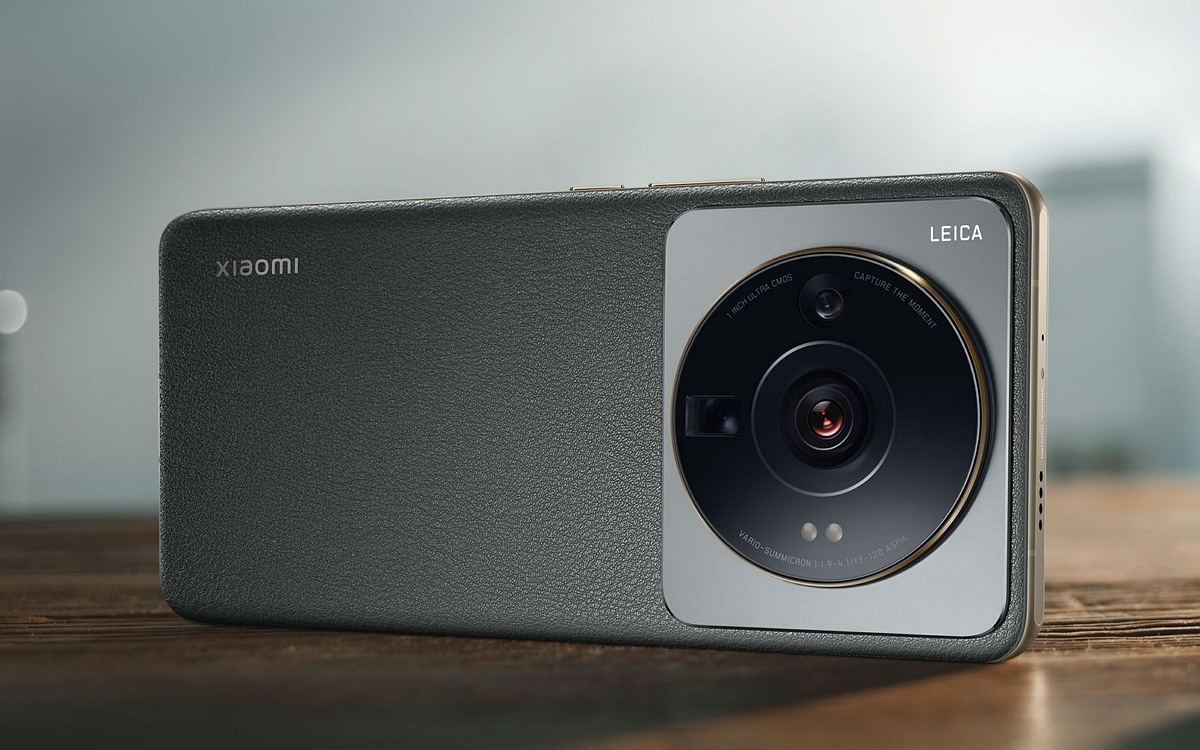
All sensors benefit from the two famous Leica image profiles, the “Leica Authentic Look” and “Leica Vibrant Look”, which are essentially filters that will modify the colors of your shots. Finally, we can note the presence of a new 32 MP front camera. This time it would be an IMX709 RGBW sensor, which will finally allow smartphones to improve the quality of their selfies.
The Xiaomi 13 will be launched with MIUI 14
The Xiaomi 13 should be launched with Android 13 based on the Chinese manufacturer’s new overlay, MIUI 14. The latter promises very interesting improvements, and will bet everything on fluidity, the absence of advertisements, the absence of bloatware and the management storage.
You can also consult the list of all smartphones and tablets compatible with the update.
